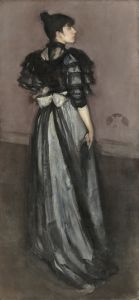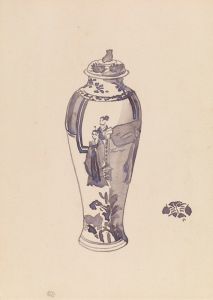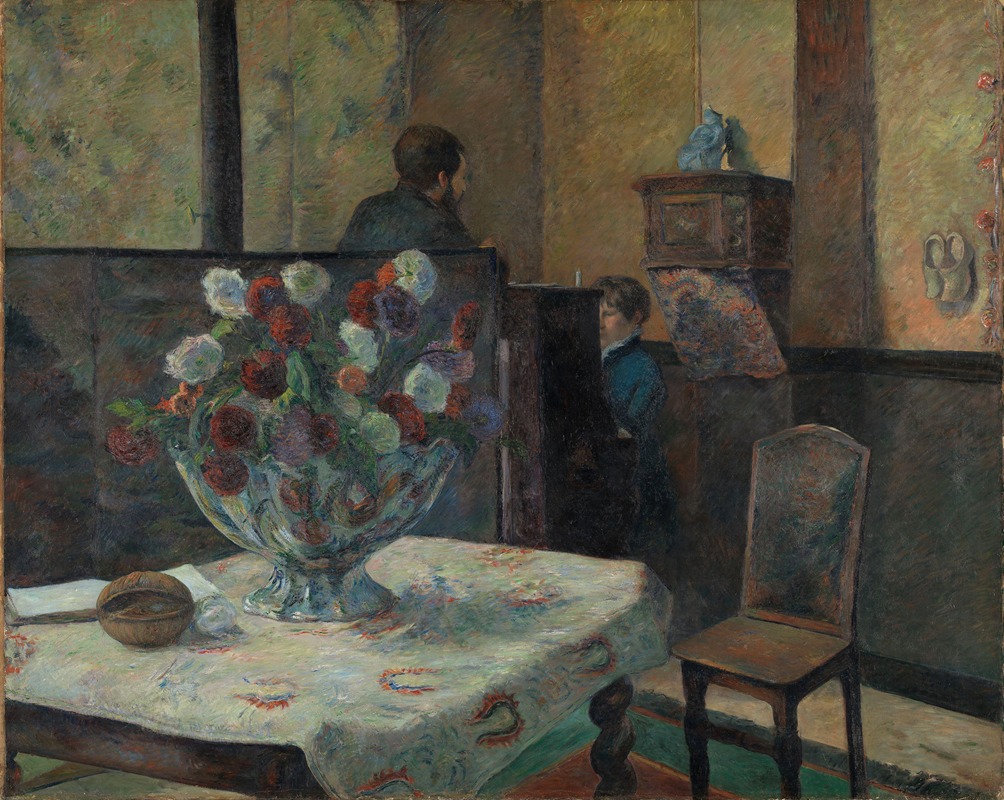
Interior
A hand-painted replica of Paul Gauguin’s masterpiece Interior, meticulously crafted by professional artists to capture the true essence of the original. Each piece is created with museum-quality canvas and rare mineral pigments, carefully painted by experienced artists with delicate brushstrokes and rich, layered colors to perfectly recreate the texture of the original artwork. Unlike machine-printed reproductions, this hand-painted version brings the painting to life, infused with the artist’s emotions and skill in every stroke. Whether for personal collection or home decoration, it instantly elevates the artistic atmosphere of any space.
"Interior" is a painting by the French Post-Impressionist artist Paul Gauguin. Gauguin, born on June 7, 1848, in Paris, is renowned for his experimental use of color and Synthetist style that were distinctly different from Impressionism. He is also known for his travels to Tahiti and other parts of French Polynesia, which greatly influenced his work.
The painting "Interior" was created during a period when Gauguin was exploring new artistic techniques and themes. This work is a part of his broader oeuvre that often depicted domestic scenes, still lifes, and portraits, reflecting his interest in everyday life and the human condition. Gauguin's style is characterized by bold colors, strong lines, and a departure from the realistic representation of subjects, focusing instead on their emotional and symbolic content.
In "Interior," Gauguin employs his signature use of vibrant colors and simplified forms. The composition typically features a domestic setting, possibly capturing the essence of a room with figures engaged in mundane activities. Gauguin's approach to such scenes often imbues them with a sense of tranquility and introspection, inviting viewers to contemplate the deeper emotional undertones of the depicted moment.
Gauguin's work during this period was heavily influenced by his interactions with other artists, including Vincent van Gogh, with whom he briefly lived and worked in Arles, France. This collaboration, although short-lived, had a significant impact on both artists' styles. Gauguin's move away from naturalistic representation towards a more abstract and symbolic approach can be seen in "Interior," where the emphasis is placed on the mood and atmosphere rather than precise details.
The painting also reflects Gauguin's interest in the decorative arts and his desire to create works that were not just visually appealing but also emotionally resonant. His use of color in "Interior" is particularly noteworthy, as he often employed unconventional color schemes to evoke specific feelings and moods. This technique was part of his broader artistic philosophy, which sought to transcend the limitations of traditional representation and explore the deeper, more spiritual aspects of human experience.
"Interior" is a testament to Gauguin's innovative spirit and his contributions to the development of modern art. His work has been influential in shaping the direction of 20th-century art, inspiring countless artists to explore new ways of seeing and representing the world. Today, Gauguin's paintings, including "Interior," are celebrated for their boldness, originality, and emotional depth, securing his place as one of the most important figures in the history of art.
While specific details about the exact date of creation and the current location of "Interior" are not provided here, it is clear that this painting is an integral part of Gauguin's artistic legacy. His ability to capture the essence of a scene and convey profound emotional truths through his unique style continues to resonate with audiences around the world.





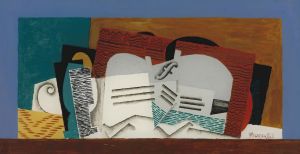
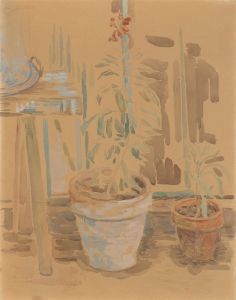
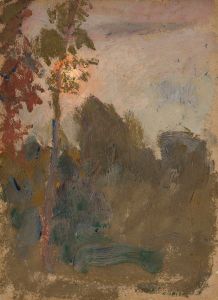
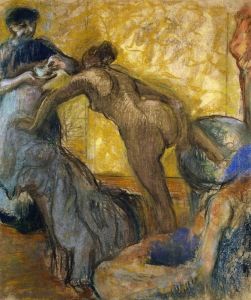
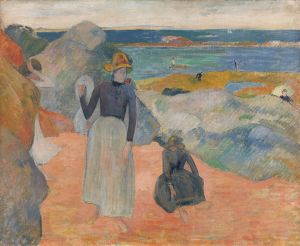
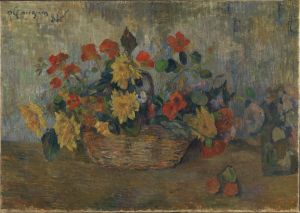
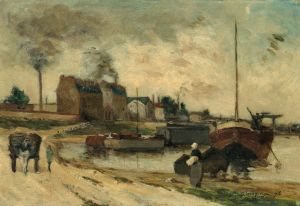
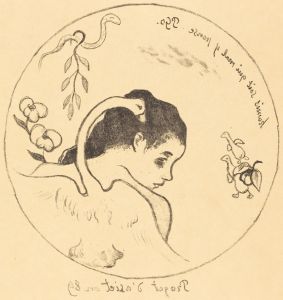
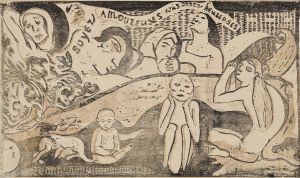
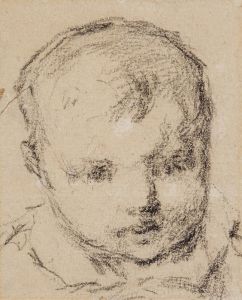
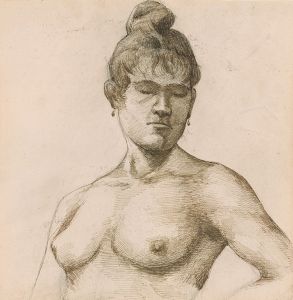
![Interior design drawings for unidentified rooms.] [Sketch for interior, possibly hotel lobby](/imgs/249361/s/winold-reiss-interior-design-drawings-for-unidentified-rooms-sketch-for-interior-possibly-hotel-lobby-c271d10.jpg)
